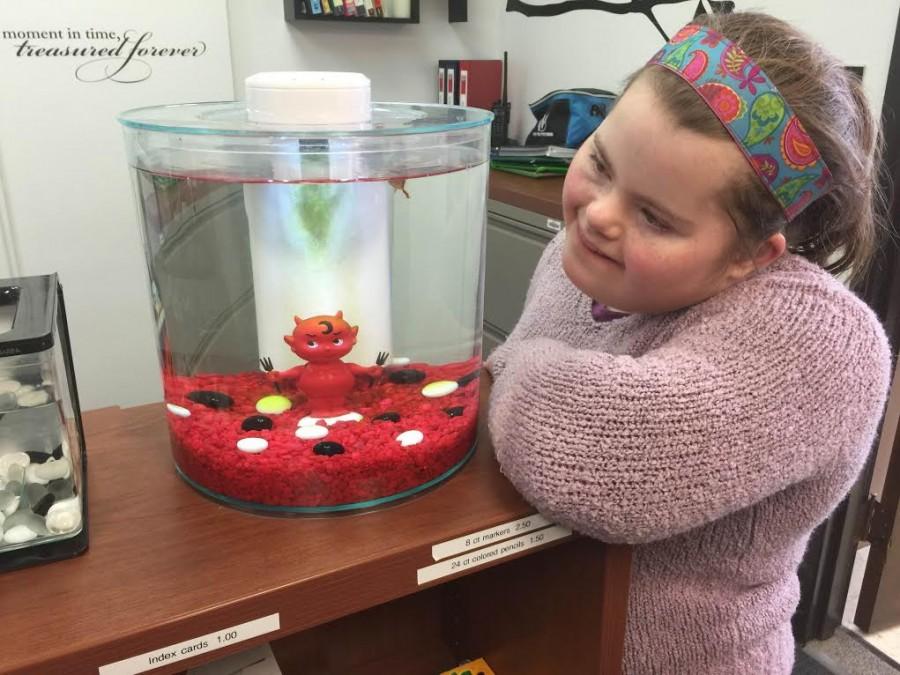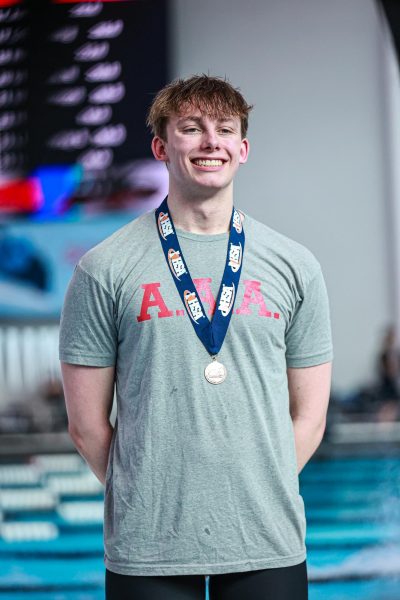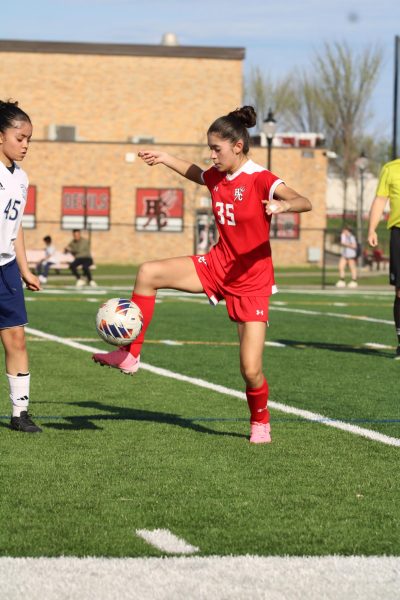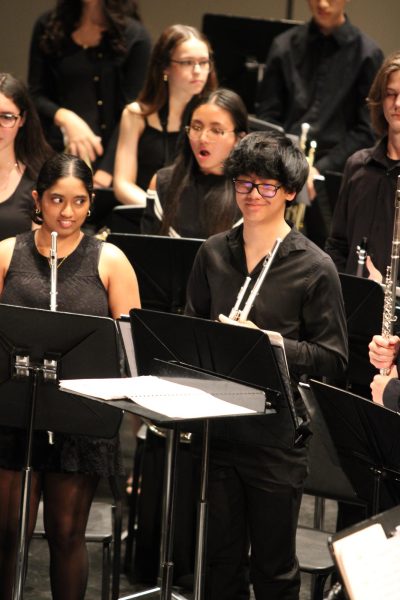Special Education at Central
Freshman Carolyn Wagner helps feed the betta fish in the bookstore.
In 1975, Congress passed the Education for All Handicapped Children Act, creating special education programs in public schools all over the country, including Central. According to the National Center for Education, during the 2004-2005 school year, the number of children in special education program across the US reached its peak at 6.7 million. As of the 2012-2013 school year, it has declined to 6.4 million, which accounts for 13 percent of public school enrollment. However, while many students here are aware of Adaptive PE class, other than that, it is relatively unknown just exactly how the special education system works.
“The program has evolved over the years, [we’re trying] to place students in the least restrictive environment for them to be successful,” said Robin Vannoy, head of the Special Education Department.
Recently, the school increased the number of courses that are co-taught, which are classes that include one special education teacher and one general education teacher. These classes aren’t necessarily specific to just students with special needs either.
“[Everyone benefits] due to the additional support of another teacher,” Mrs. Vannoy said.
The co-taught courses increases the number of regular-level classes that students with special needs can participate in. The curriculum stays the same with adaptations for special education students based on their Individualized Education Plans (IEPs). Most of these students take general education core classes. In fact, across the United States, about 60 percent of special education students spend 80 percent or more of their time inside general classes.
However, if students need more support, they can take a special education class with a smaller amount of students. Central also has a Foundations Program, which consists of students who Mrs. Vannoy says have more significant disabilities. This program allows students to learn the functional components of whatever subject they’re learning.
Students also have an opportunity to take pre-vocational classes. “[These classes] give students the opportunity to do jobs in the school that prepare them for their prospective jobs outside of school,” said Lilly O’Neill, senior and Adaptive PE aide. One of these activities includes feeding the betta fish in the bookstore.
Besides these core classes, students with special needs are also able to participate in elective classes or extracurricular activities. Mrs. Watson, who has been working with the Adaptive PE program for eight years, says that her students benefit from the program.
“Both the exercise and the social interaction they partake in while in class [is beneficial],” Mrs. Watson said. “Working on [these] different aspects [helps their] social emotional learning.”
O’Neill, who helps out in one of the two Adaptive PE classes, says that the activities are like a combination of freshmen PE and aerobics. “Peer buddies help by modeling behavior and skills,” O’Neill said.
Last month the Special Olympics basketball team participated in the “Pack the Place” pep rally and went on to win their match. Matt Medick, a senior who helped coach the team this year, say that the players loved it. “They play noticeably better because they want to play well for everyone.” Medick even says he was personally “super emotional” because of how great the overall atmosphere was.
Olivia Neistrom, a junior who was another coach for the team, says that she thinks it’s important to have extracurriculars available to people with special needs. “They should have an equal opportunity to get involved because the players were all so excited to see a lot more people in the stands than normal,” Neistrom said.
While special education is federally mandated, it isn’t just for that reason that Central has it.
“Students learn differently and require different supports to be successful,” Mrs. Vannoy said. “Special education services allow all students to have access to Central’s first class curriculum.”
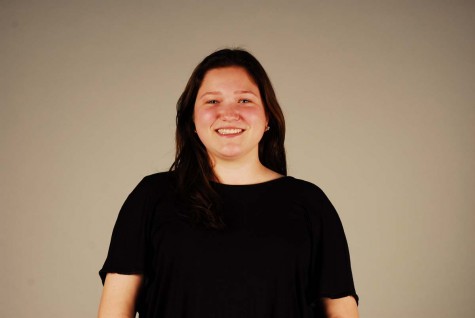
Senior Sophie Pecilunas loves to write. When she's not writing, you can find, or not find, Sophie traveling, which is another favorite pastime. Although...
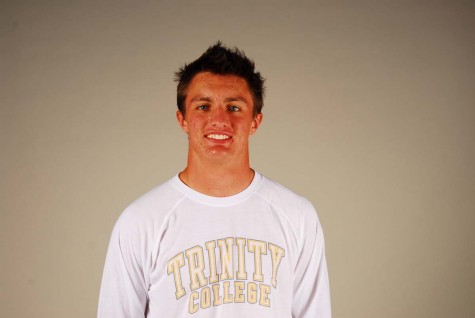
Senior Alex Herbst is a photographer for Devils' Advo. He enjoys spending time with his friends, watching movies, and spending time outside. Alex is...




